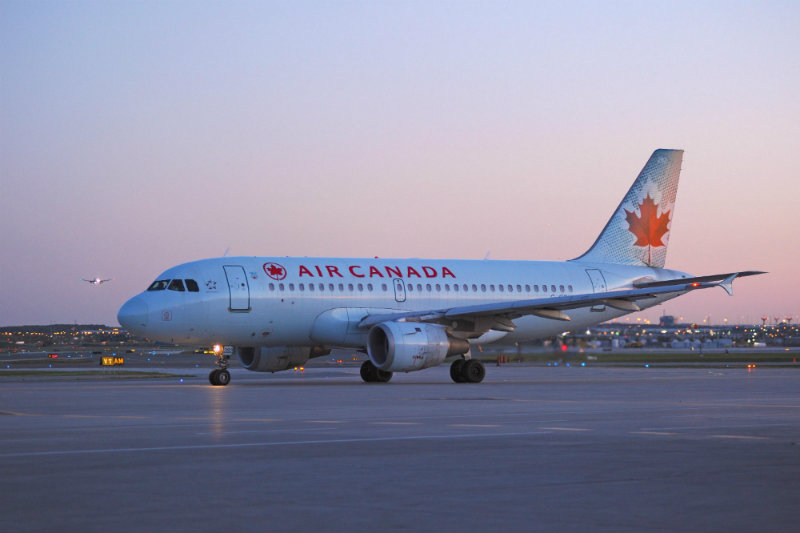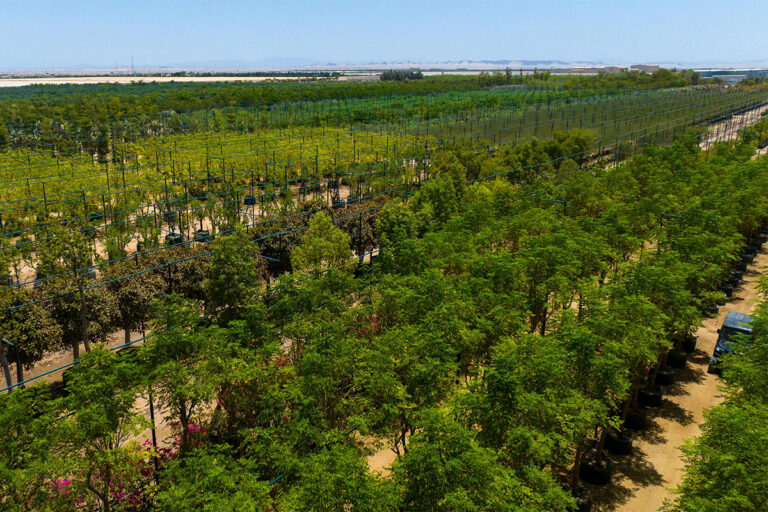
How do your ‘Perfect Flights’ minimize CO2 emissions?
When we carry out a Perfect Flight with airlines, we integrate all our best practices to reduce the CO2 footprint. For example, with Air Canada we used a 50% sustainable aviation fuel blend made with used cooking oil. We used different procedures for engine washing and cleaning and for taxiing on the ground. Streamlined air traffic management also helped reduce emissions. We cut CO2 emissions by more than 40% compared to a regular flight. This was not a test flight, but a commercial flight with passengers.
“In five to fifteen years we may be using very different fuels.”
Frédéric Eychenne, New Energies Program Manager, Airbus
How are you working to increase the supply of biofuels?
We have projects in many parts of the world. In Europe, we are participating with KLM in the ITAKA initiative, using camelina oil from Spain. I am certain that we will achieve the EU target of 2 million tons of sustainable biofuels being used in civil aviation by 2020.
Is the aviation community coming together to create cleaner skies and a more sustainable industry?
If you want to talk about objectives, you have to work together as an extended team
within the aviation community. It is not just the airlines that need to act but also the politicians and the investors.
We need to promote sustainable aviation, not only its technical aspects. We need to define a shared vision with shared objectives. If we do that, we will be able to fill the gaps we have to face together and we will provide solutions, new services, etc. If we work together, it is easier to share the objectives and the challenges![]()










